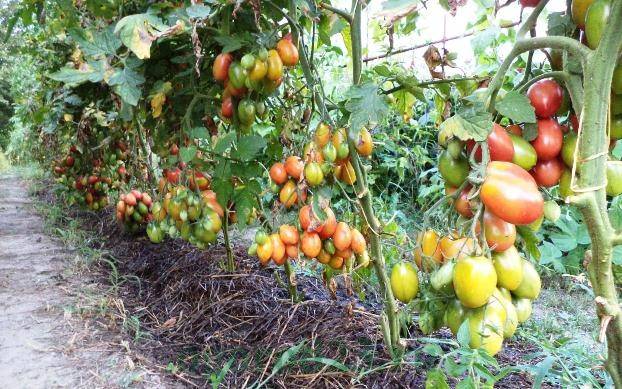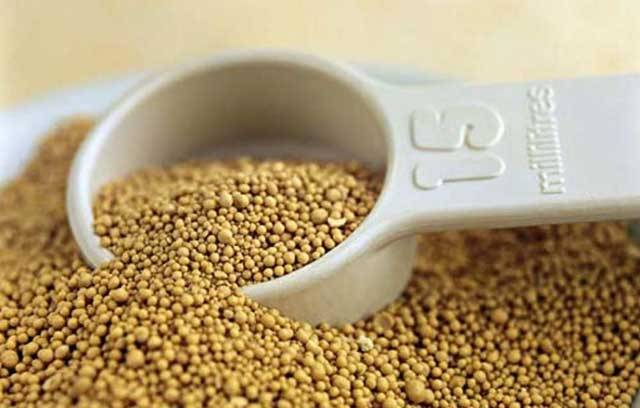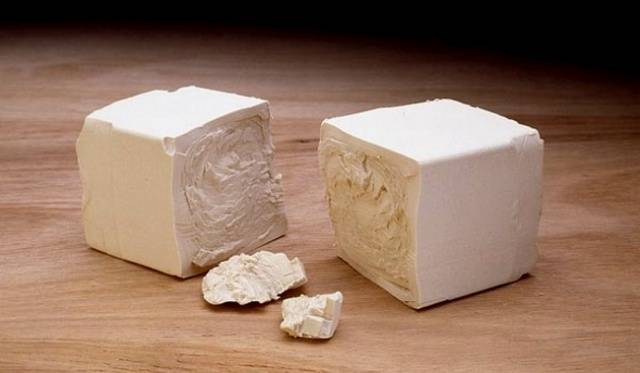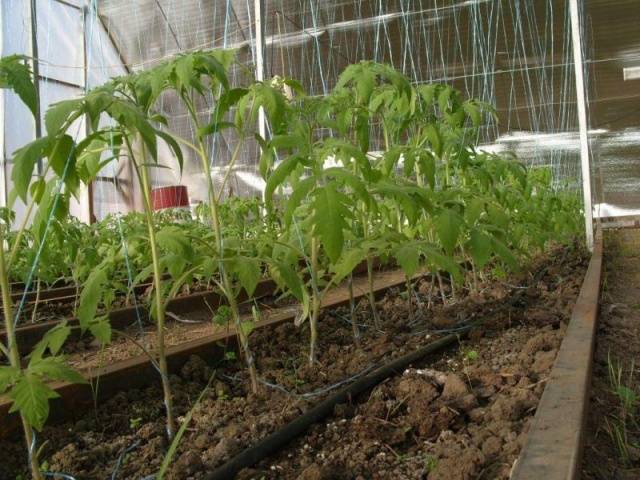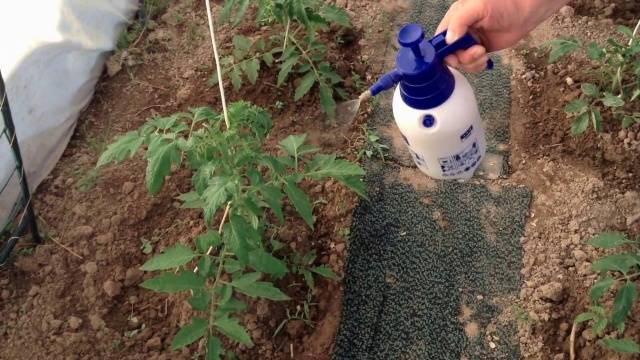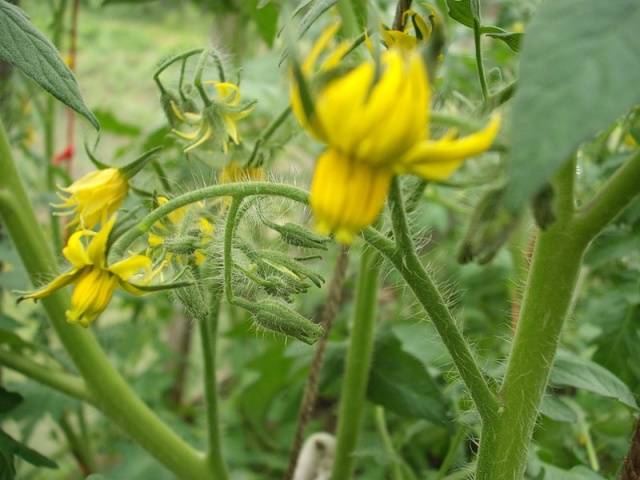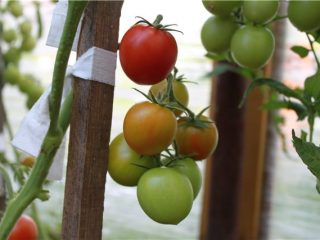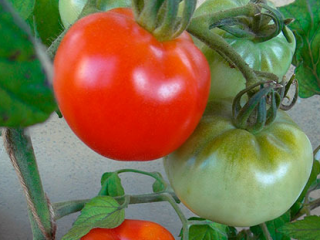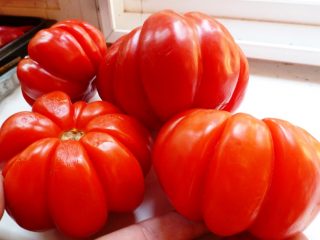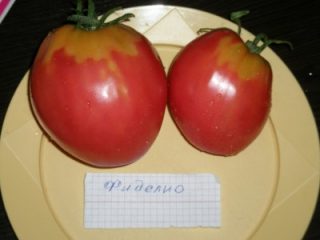Content
When growing tomatoes in the greenhouse plants are completely dependent on humans. What soil will he place there, what will he add to it, how often and how abundantly he will water, as well as what fertilizing and in what sequence he will carry out. The well-being of tomatoes, their flowering and fruiting, which means the quantity and quality of the crop that the gardener will receive, directly depends on all this. Naturally, everyone wants to get the maximum tomato harvest, but the quality of the fruit is no less important. Since with abundant application of mineral fertilizers it is quite possible to get a large amount of tomatoes, but will they be healthy and tasty?
Recently, gardeners and summer residents are increasingly recalling the old recipes that were used by our great-great-grandmothers, when such a variety of fertilizers and dressings did not exist in excess. But the vegetables were all right.
One of the most popular and simplest ways to keep tomatoes active is to use ordinary yeast as a top dressing. Moreover, feeding tomatoes with yeast in a greenhouse can be used for many purposes at once - to replenish nutrients, to stimulate active growth and fruiting, to prevent diseases and pests.
Yeast is a natural stimulant for tomatoes
Yeasts are living organisms with a rich mineral and organic composition. When they are introduced into the soil under favorable conditions, the yeast interacts with local microorganisms. As a result of the vigorous activity of the latter, many nutrients, which were inert for the time being, begin to be released and come to a state in which they can be easily absorbed by tomato plants. In particular, as a result of the activity of microorganisms, there is an active release of nitrogen and phosphorus - two main elements that are vital for tomato development.
But the cost of yeast is incomparably less, therefore, it is much more profitable to use them.
True, it follows from this that for good interaction the yeast needs the necessary number of microorganisms in the soil. And they appear only with a sufficient content of organic matter in the soil. This means that before planting tomatoes in the greenhouse, it is advisable to make sure that the soil in the greenhouse is saturated with organic matter. Usually, for these purposes, a bucket of compost or humus is added to one square meter of the beds. This amount should be enough for tomatoes for the whole season. In the future, after planting the seedlings, it is advisable to additionally mulch it with straw or sawdust. This will have a beneficial effect on maintaining moisture in the ground, which will reduce the amount of watering. On the other hand, this organic matter will allow tomatoes to do without additional fertilizers in the future, if you use yeast for dressing.
But in this case, too, they have long come up with a way out of the situation: together with yeast feeding or the next day after it, they add wood ash to the garden bed with tomatoes. It is a source of essential calcium and potassium, as well as many other trace elements.
Yeast has another unique ability - when dissolved in water, they release substances that enhance the process of root growth several times. It is not for nothing that they are part of many modern root formation stimulants. This property also has a positive effect on the growth and development of tomatoes in the greenhouse when feeding them with yeast.
Summing up, we can say that yeast is a valuable substance for use as a top dressing for tomatoes, because as a result of its introduction:
- You can observe the active growth of the aerial part of the tomatoes;
- The root system is growing;
- The composition of the soil under the tomatoes improves qualitatively;
- Seedlings tolerate a pick easier and come to their senses faster;
- There is an increase in the number of ovaries and fruits. The period of their ripening is reduced;
- Tomatoes become more resistant to adverse weather conditions;
- Resistance to major diseases increases, primarily to late blight.
In addition, the yeast does not contain any artificial additives, so you can be guaranteed an environmentally friendly harvest. And at a price they are available to every gardener, which is not always possible to say about other fashionable fertilizers.
Application methods and recipes
Yeast top dressing can be prepared in several different ways. In addition, it can be introduced either by watering the tomatoes at the root, or by spraying the bushes entirely (the so-called foliar dressing). It is necessary to figure out when what procedure is best to carry out.
Watering under the root of tomatoes
Generally, yeast feeding it has such a beneficial effect on tomatoes that plants can be treated with a yeast solution already at the seedling stage. Of course, in the event that you yourself are engaged in growing it. The first time you can gently shed young shoots when the first two true leaves are formed.
For this, the following solution is usually prepared:
Take 100 g of fresh yeast and dilute them in a liter of warm water. After insisting a little, add so much water that the volume of the final solution is 10 liters. If there are not so many tomato seedlings, then the proportions can be reduced by 10 times, that is, dilute 10 grams of yeast in 100 ml of water and bring the volume to one liter.
If the solution begins to ferment, then it is better not to use it for seedlings. A similar recipe is more suitable for mature plants preparing for flowering or fruiting.
Feeding tomatoes with yeast at the very early stage, tomato seedlings help not to stretch and build strong, healthy stems.
The second time the seedlings can be fed a few days after planting them in a permanent place in the greenhouse. For this top dressing, you can use the first recipe, or you can use a more traditional one, which involves some yeast fermentation:
To prepare it, 1 kg of fresh yeast is kneaded and completely dissolved in five liters of warm water (heated to about + 50 ° C). The solution must be infused for a day or two. After you feel the characteristic smell of the starter culture, the solution must be diluted with water at room temperature in a ratio of 1:10. For each bush of tomatoes, you can use from 0.5 liters to one liter.
It is possible to use a different recipe with added sugar:
Dissolve 100 grams of fresh yeast and 100 grams of sugar in three liters of warm water, cover with a lid and place in any warm place for infusion. Before processing, it is necessary to dilute 200 grams of the resulting infusion in a 10-liter watering can with water and water the tomato bushes under the root, spending about one liter of liquid for each bush.
Of course, the use of live fresh yeast is more effective, but if for some reason you cannot use it, then dry yeast can be used to feed tomatoes in a greenhouse.
In this case, it is enough to dilute 10 grams of yeast in 10 liters of warm water, add two tablespoons of sugar and insist from several hours to several days. The more mature tomato bushes you feed, the longer the yeast solution should be infused. The resulting infusion should be further diluted with water in a ratio of 1: 5 and watered with tomato bushes under the root.
Foliar dressing
Spraying tomatoes with yeast solution is mainly practiced not so much for feeding as for protecting them from diseases and pests. The best preventive procedure to protect against late blight is to prepare the following solution:
In one liter of warm milk or whey, dilute 100 grams of yeast, leave for several hours, add water so that the final volume is 10 liters, and add 30 drops of iodine. Spray the tomato bushes with the resulting solution. This procedure can be carried out twice a season: before flowering and before fruiting.
Rules for feeding tomatoes with yeast
In order for feeding with yeast to work as efficiently as possible, the following rules must be observed:
- Yeast works well only in warm conditions, in warm ground, but in greenhouses, suitable conditions are usually formed a month earlier than in open ground. Therefore, the first feeding with yeast can be carried out immediately after planting the seedlings, at a soil temperature of at least + 15 ° C.
- In a polycarbonate greenhouse, as a rule, higher temperatures are observed than in an open field, and all processes are faster. Therefore, it is better to use fresh yeast solution without infusion for the first feeding of tomatoes.
- Do not get carried away with feeding tomatoes with yeast. In one season, two or three procedures will be more than enough.
- Remember to add wood ash with every yeast feeding. For 10 liters of solution, about 1 liter of ash is used. You can simply add one tablespoon of ash to the tomato bush.
There is nothing difficult in feeding tomatoes with yeast, but in its effectiveness it is not inferior to mineral fertilizers.
